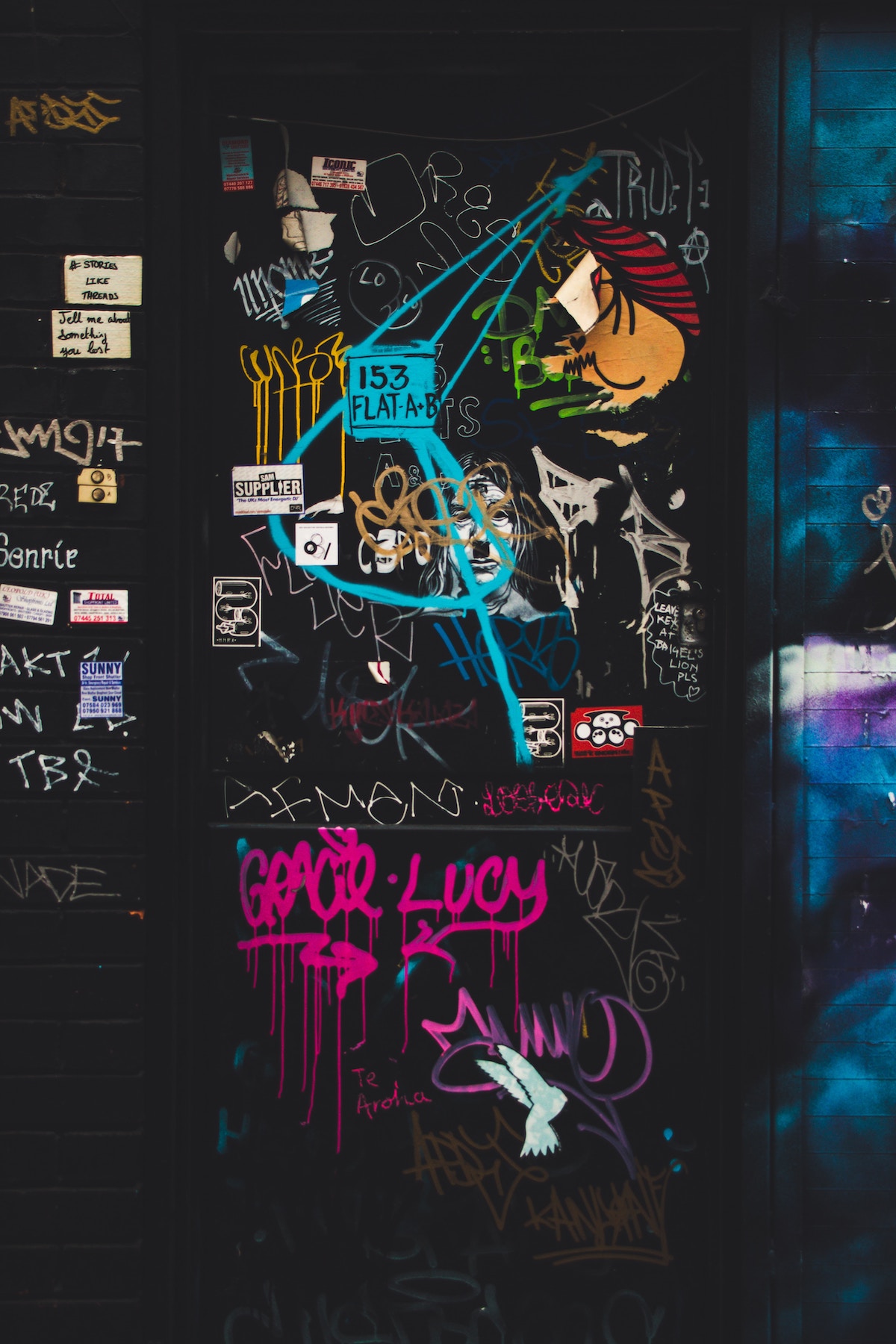Manifesto to the Corporate Creative

Hire creative people
My interpretation of being a creative in a corporate environment differs from the common understanding. Of course, I believe that designing impactful advertising material is an honorable thing to do. Improving the user experience of a website or a product, for sure, contributes in some way to a better world.
In my eyes, creativity is nothing less than the fuel for sustainable success.
In the last few years I have watched companies striving for change in many dimensions. It may be digital transformation. It might be the redesign of current business models and outdated marketing strategies. Or, it might be the invention of disruptive innovations to outperform competitors.
The funny thing is: Most corporate leaders are convinced that the key condition to achieve these goals are complex strategies and futuristic organizational frameworks – whereas, in my eyes, the solution to that problem is very simple: hire creative people.

Naturally, this will in turn make your websites look prettier. It will also make your marketing campaigns more outstanding. But above all it will make your company more successful. As long as you do not limit your creatives to being visual design monkeys.
Creatives aren't visual design monkeys
If you take a look at companies that are led by a creative instead of a solid versatile manager you will realize a tiny yet prominent difference.
Creative led companies like Airbnb, Slack or Supreme are held together by a big idea and designed with the clear plan to fully support that idea.
You may not be able to name the difference but you will very quickly catch a feeling of consistency in design. You will find out that there is some kind of invisible glue that connects even disciplines that seem very far from each other.
Maybe the hotline agent speaks in the same tonality that is also used in marketing campaigns. Maybe the visual design creates a feeling of warmth that is likewise triggered by the smell of the freshly unboxed product. Or maybe all employees give you an honest smile when you walk into the store.

But are these things drivers of corporate success? Do they really make a difference if it comes to measurable success? Or are they just some altruistic nice-to-haves that reveal a childish weak side of the entrepreneur?
Creating coherent experiences will be the only way to really build strong brands.
In the last few decades this way of driving a company was not exactly the dominant way of outperforming your competitors. Too slow, too self-centerted, too arty-party. I believe that exactly this subtle creative handwriting will be the crucial differentiator in the future. Why?
Because in a world of multichannel services and products that come to you via a big variation of devices, creating coherent experiences will be the only way to really build strong brands. Fortunately, this is one of the most creative tings to do.
Not every employee should be a creative
Of course I know that creatives are not always the best CEOs. May it be Steve Jobs, may it be Elon Musk, they all are known for a certain lack of people skills. So I do not think that creativity is something that can be solely brought in by Top-Management. And I do not think that every employee should be a creative. But cranking up the amount of creatives at every level of the company - from interns to managers, from salespersons to controllers - in my eyes is the right thing to do.
Hiring creatives is an easy thing. But keeping them and creating a corporate environment to unleash their true potential is hard.
A creative mind has issues with being held in narrow job profiles and being pushed to perform dull routines. So raising the creative potential of your company definitely requires adjustments in your organizational framework. Or in other words: If you want to turn into a creative company you have to really commit to it. There is no other way. And there never will be.


